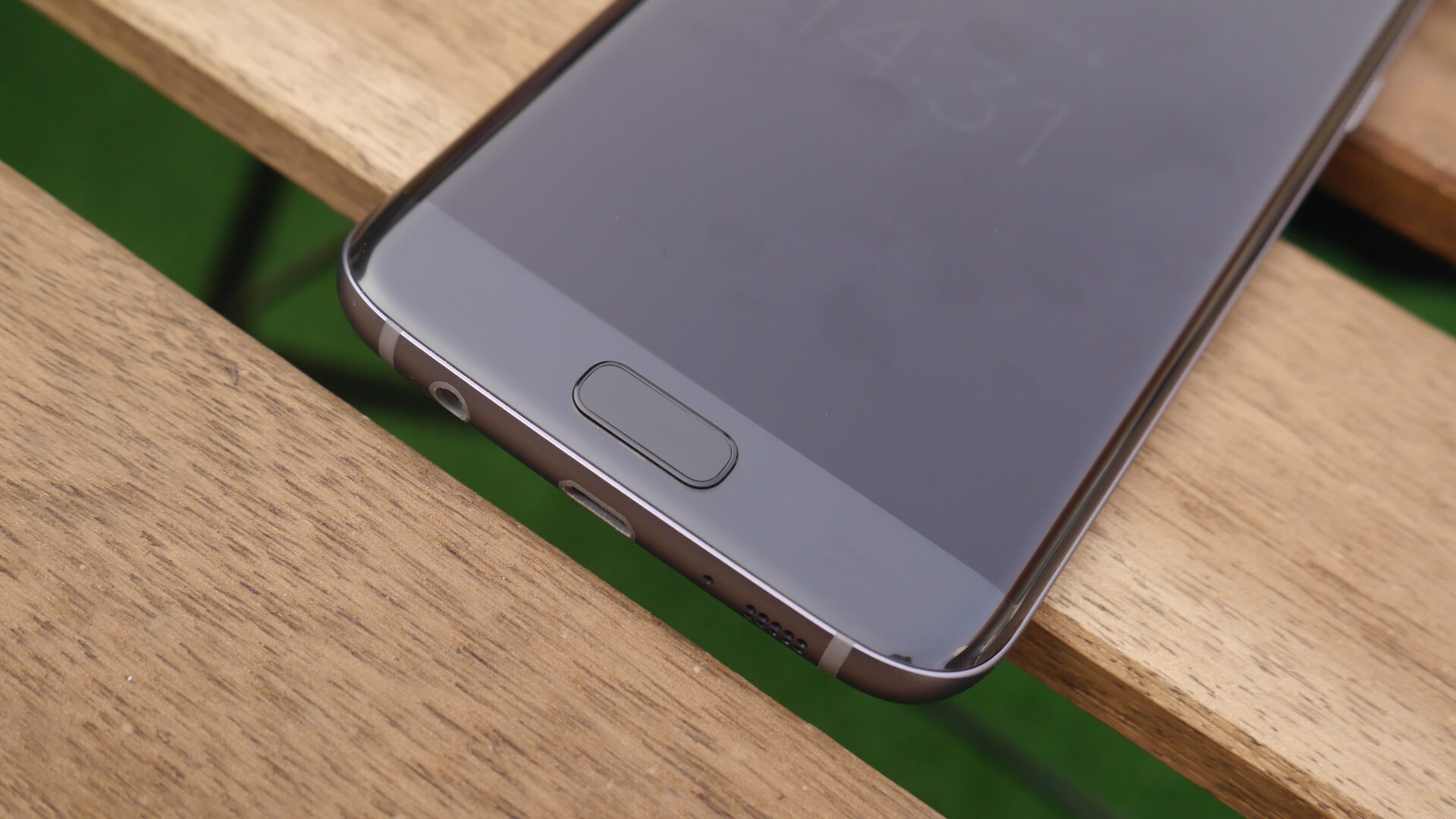Samsung’s Galaxy S7 and Galaxy S7 edge, the Galaxy S6 series, as well as the Galaxy Note 5, all use a new fingerprint sensor and registry method that many prefer over the old “slide to register” setup on the Galaxy S5 and Galaxy Note 4. Even with the new sensor and registry method, however, users must still register their fingerprints in order to have the fingerprint authentication security they demand.
The new fingerprint sensor makes registry easy, but it can still pose problems without a little knowledge. A first-time Samsung buyer who picks up the Galaxy S7 or Galaxy S7 edge, for example, may know next to nothing about how fingerprint sensors work. They go through the process of setting their fingerprint(s) up, only to be frustrated whenever they place their thumb on the home button. “It only works half the time,” they say to themselves, thinking that Samsung’s fingerprint sensor isn’t as good as the Korean giant says it is, and wondering if some other manufacturer would make a more “guaranteed” fingerprint sensor on another device.
Well, I’ve had some good time to monitor the fingerprint sensor in Samsung’s Galaxy Note 5 and now, the company’s Galaxy S7 edge, and I can say without a doubt that both sensors on both devices are every bit as good as Samsung says they are – but they mandate that you have a little working knowledge before you get them just right. No, you don’t have to slide your finger as some users did in phones past, but you do have to make sure you register your fingerprint accurately to get the results you want.
One common mistake made when setting up fingerprint authentication is to simply take your thumb, place it on the fingerprint sensor, and press the home button in the exact same position until the registration process gets to 100% and says you’re “all done.” The problem with this quick and easy registration, however, is that it doesn’t train the home button to recognize your fingerprint from every angle. So you place your finger on the home button in a vertical position: what about if you decide to place your finger on the home button slightly slanted? Chances are, the fingerprint sensor may say “No Match,” even though your identity can’t be questioned.
A simple way to ensure that your fingerprint is accepted in fingerprint authentication 100% of the time is to make sure you register your fingerprint “from every angle” when setting it up. Now, by the phrase “from every angle,” I don’t literally mean registering your fingerprint at a 31-degree, 32-degree, 33-degree, 34-degree, and 35-degree angle, for example. What I mean by “every angle” is that you take your finger and register your fingerprint on the home button in different positions. So, during the setup process, register your fingerprint 1) vertically, 2) horizontally, 3) slanted to the left and 4) slanted to the right, and so on.
By registering your fingerprint in as many directions as you can think of while the home button is registering your fingerprint from 0 to 100, it’s learning to think of your fingerprint from every angle, not just one in particular. With this setup, your fingerprint sensor (and thus, the authentication process) become flexible and versatile. And this makes sense, right? After all, you want your home button to be flexible to your fingerprint so that you don’t have to keep getting the “No Match” error message whenever you attempt to gain access to your main screen.
Next, when registering your fingerprint from every angle, make sure you do this within one fingerprint setup. In other words, don’t register five fingerprints for five directions: register one fingerprint in all five directions in the same setup. One fingerprint setup is all you need, unless you want to register the others to make your authentication even more error-proof.
These tips are important to get you to achieve the quick fingerprint scan and lock screen unlock you want. Doing the hard work to make the fingerprint sensor versatile in the beginning will save you from frustration later. You don’t want to pay for an item using Samsung Pay and kill the moment by saying, “Let me re-register my fingerprint first.”
Do you have any funny or interesting stories to share about using your fingerprint sensor on the Galaxy S6, S6 edge, S6 edge+, Galaxy Note 5, or this year’s Galaxy S7 and Galaxy S7 edge? If you’re using a Galaxy S7 or Galaxy S7 edge now, do you find the fingerprint sensor to work better than your Galaxy S6 or Galaxy S6 edge?







